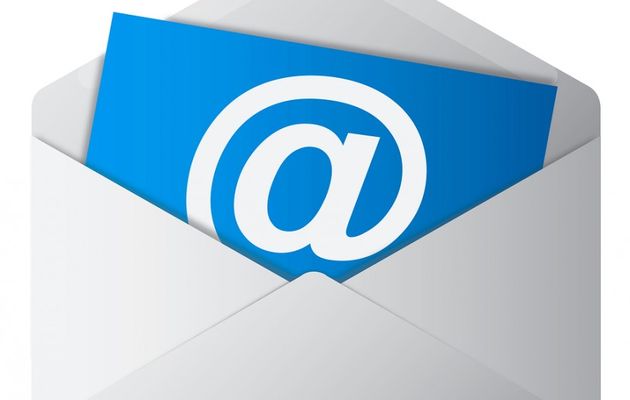Many of us write emails every day, but we still make mistakes. Jaime Rubio Hancock, from El País, gives 10 useful advices.

The first e-mail was sent in 1.971. Decades after that event, we still have doubts about the best way to do it. When should I use a blind copy? How long can I wait until answering? WHY CANNOT I WRITE IN CAPITAL LETTERS?
Here there are some advices and answers to those questions:
1. When should I use a blind copy?
You can use the normal addressee field when you write an e-mail to only one person, or to a group in which they know each other, or when it is useful that all the addressees see the others answers. For instance, if you send a birthday invitation, you do not need to use a blind copy; it is just your birthday, not a reception with the ambassador. Maybe there are some who do not know each other, but they will not send spam to the others.
The copy field (cc) is used to inform someone about the conversation we have with other. It is not expected that he /she would participate.
The blind copy field (bcc) is used to inform many people who do not know each other. For instance, when you send an e-mail to inform all your contacts that you have changed your phone number.
2. Explain your message
The subject of the e-mail helps us to know if we need to read it immediately or it can wait.
3. DO NOT WRITE THE WHOLE E-MAIL IN CAPITAL LETTERS
WHEN SOMEONE WRITES WITH CAPITAL LETTERS, IT IS LIKE HE WERE SHOUTING, AND THAT CAN BE ANNOYING. BESIDES, THE SENTENCES ARE MORE READABLE IF CAPITAL LETTERS ARE ONLY USED WHEN IT IS REALLY NECESSARY.
According to The New Republic, the idea that Internet identifies capital letters with screams comes from the 80´s Usenet groups. In fact, before Internet, capital letterers were already related to aesthetic seriousness (in monuments, for example) and they were used to express anger in written texts.
In conclusion, do not shout, unless it is STRICTLY NECESSARY.
4. Be polite
As its own name indicates, an e-mail is a letter. There are obvious differences between both, but we can apply to e-mails the advices for writing a good letter that Lewis Carroll gave, like this one, about how to demonstrate that you are an attentive and polite person:
The best way to start a letter is answering the questions that your interlocutor made. Always write with that letter opened in front of you. Once you have answered all the questions, and commented his suggestions, you can freely write about whatever you want.
There is more: do not write a letter when you are angry. If you receive an angry letter, do not answer it in the same tone, and be kinder with those letters which are especially kind.
5. Do not use too much emoticons ;-)
Many people do not like emoticons :( But thanks to the whatsapp emojis, they are being used again :) You can use them to be nice or ironic :B You should not use them in work e-mails :| but in an informal setting, they could be useful to avoid misunderstandings ;) and to make it clear that we are just joking xD.
And, for sure, never do what we have done now: replacing all the punctuation for emoticons. Use them without complex, but with moderation.
6. Use the phone
Do not hesitate to use the phone to clarify anything you need, instead of sending 40 e-mails. But also keep in mind that, if someone writes you an e-mail, there could be a reason for that.
7. Should I write an e-mail just to say thank you?
You receive an e-mail, and it only says: thank you! Many people do not like that: “You are sending me a new e-mail just for that? I am wasting my time! I do not have time to read one word!”. Although it may seem incredible they are right in some way, and we need to find a balance.
It is usually necessary to be grateful, but if you receive and send many work e-mails with the same person, saying thanks all the time can be annoying. But, for sure, when in doubt, be grateful.
8. Greet and say goodbye
At least, say hello and goodbye, being as formal as the situation and the addressee requires. You do not need to greet in every mail when you exchange many with the same person. Avoid writing like a “robot”, with too formal standardising formulas (yours affectionately, attentivel), unless you are a robot. And then, please cnotact us, because we want to have an interview with you.
9. Signature
If you are writing a work e-mail, or you need to give you contact data to the addressee, you should include those data in your signature. Those signatures have replaced the old business cards, and are used to look for phone numbers when needed.
It is a little bit ridiculous to include a signature in an e-mail to a friend, but it is not a big deal either, because he is your friend, and he will not pay attention to that.
10. Reread before sending
It will only take you 2 minutes, and it will save you many problems.

Las opiniones vertidas por nuestros colaboradores se realizan a nivel personal, pudiendo coincidir o no con la postura de la dirección de Protestante Digital.
Si quieres comentar o